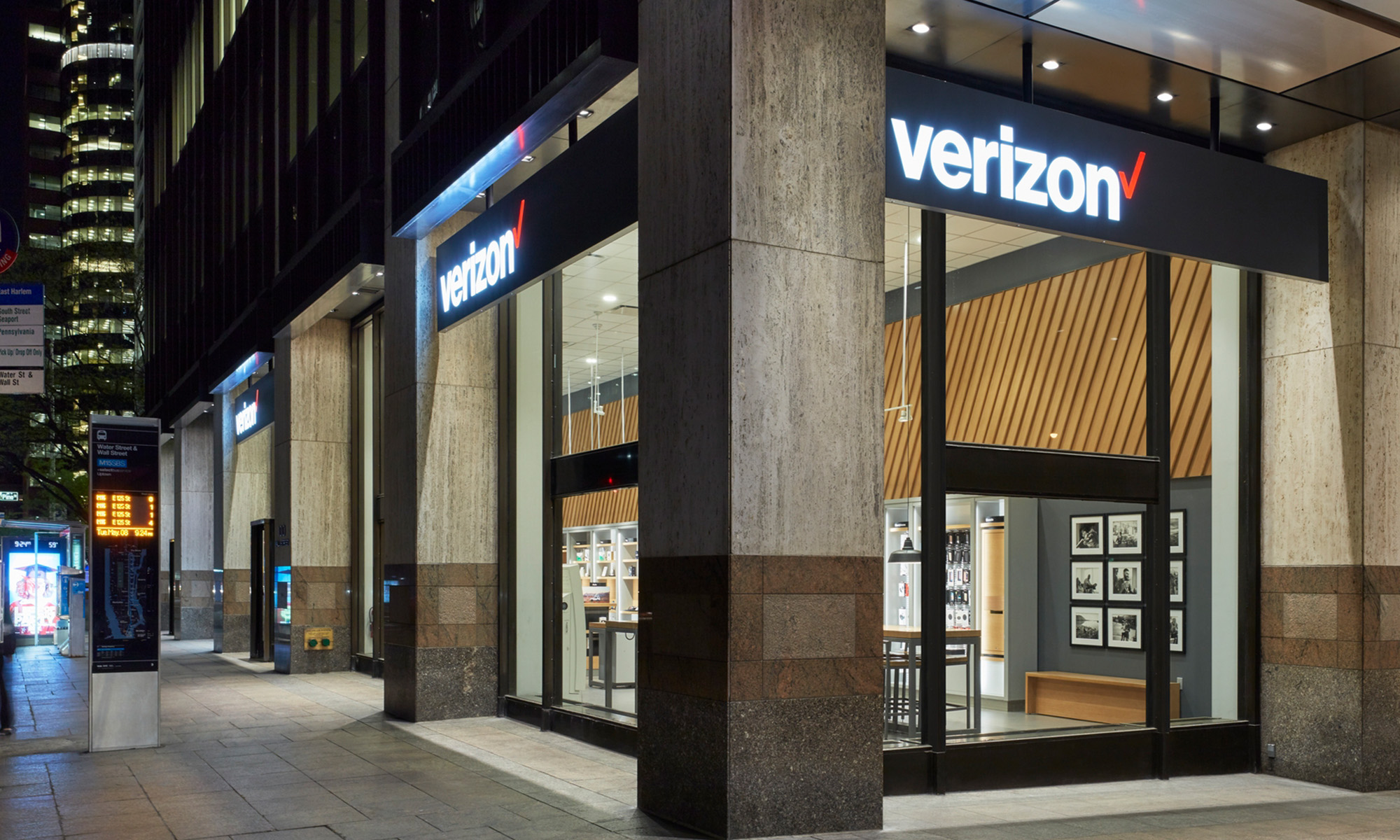Verizon Communications (VZ 2.10%) reported first-quarter earnings results this morning, and they included some good news and bad news. The telecommunications and media behemoth lost more wireless subscribers than expected but also slightly raised its profit guidance for the year. The report comes after Verizon took a hefty writedown in its Oath media unit, which weighed on results in the fourth quarter. The company's initial 5G rollout has been a bit rocky, but Verizon will continue expanding its 5G coverage.
Here's what investors need to know.

Image source: Getty Images.
Verizon Communications results: The raw numbers
|
Metric |
Q1 2019 |
Q1 2018 |
Year-Over-Year Change |
|---|---|---|---|
|
Total operating revenue |
$32.1 billion |
$31.8 billion |
1.1% |
|
Adjusted earnings per share |
$1.20 |
$1.17 |
2.5% |
|
Total retail wireless connections |
117.9 million |
116.2 million |
1.5% |
|
Retail churn |
1.31% |
1.28% |
3 basis points |
|
Retail postpaid average revenue per account |
$136.68 |
$131.71 |
3.8% |
|
Fios video subscribers |
4.4 million |
4.6 million |
(4.3%) |
Data source: Verizon.
What happened with Verizon Communications this quarter?
Big Red said it had 61,000 retail postpaid net additions, which was comprised of 44,000 phone net losses, 156,000 tablet net losses, and 261,000 other connected device net additions (mostly wearables). Phones are the most important category though, and analysts were expecting Verizon to lose just 25,000 phone subscribers. Verizon said postpaid smartphone net additions were 174,000.
- Verizon Media revenue fell 7% to $1.8 billion due to declines in desktop advertising while mobile and native advertising revenue grew.
- GAAP earnings per share included a $0.02 benefit related to pension remeasurement that was triggered by the Voluntary Separation Program that saw roughly 10,400 employees accept severance packages.
- Verizon has now completed the first two phases of the Voluntary Separation Program and realized $180 million in cost savings as part of its previously announced effort to realize $10 billion in cumulative cash savings by 2021. Cumulative savings have now reached $3 billion.
- Profitability was hurt by $0.04 per share due to a reduction in benefits associated with the adoption of a revenue recognition standard that deferred commission expense, and Verizon also adopted a new lease accounting standard.
- Fios revenue grew 3.6% to $3.1 billion, with Verizon adding 52,000 Fios internet connections but losing 53,000 Fios video connections.
- Capital expenditures in the first quarter were $4.3 billion.
What management had to say
In a statement, CEO Hans Vestberg said:
Verizon began 2019 by extending our leadership position in 4G, driving innovation in 5G and expanding our high-valued customer relationships. 2019 is shaping up to be an exciting year for Verizon. We are leading the world in the development of new technologies with the launch of our 5G Ultra Wideband network. Our ambition remains unchanged to provide the most advanced next-generation networks in the world.
Looking forward
Verizon boosted its profit forecast for 2019, while the rest of its full-year guidance was largely unchanged. Revenue in 2019 is still expected to grow a by low-single-digit percentage, with cash taxes expected to be $2 billion to $3 billion higher due to benefits realized in 2018 that will not occur in 2019. Capital expenditures for 2019 are still expected to be in the range of $17 billion to $18 billion, with an effective tax rate of 24% to 26%.
Verizon now expects "low single-digit percentage growth in adjusted EPS" when excluding the impact of the new lease accounting standard. The company had previously expected adjusted profitability in 2019 to be roughly flat.






